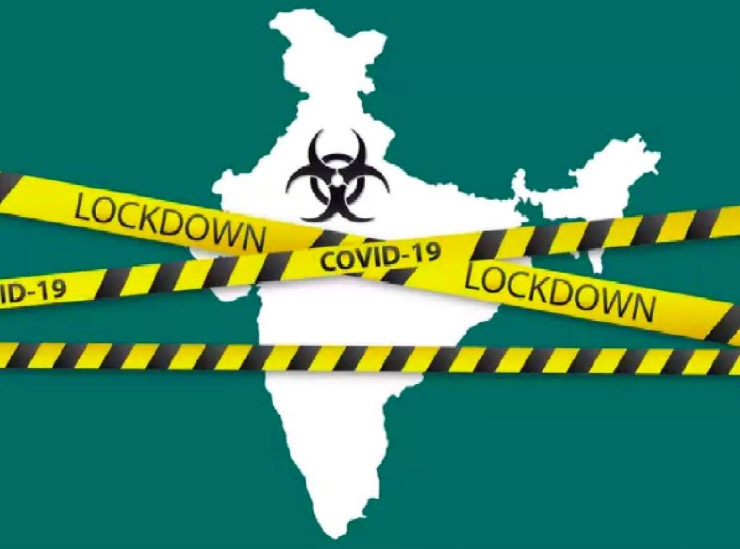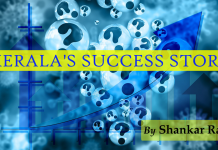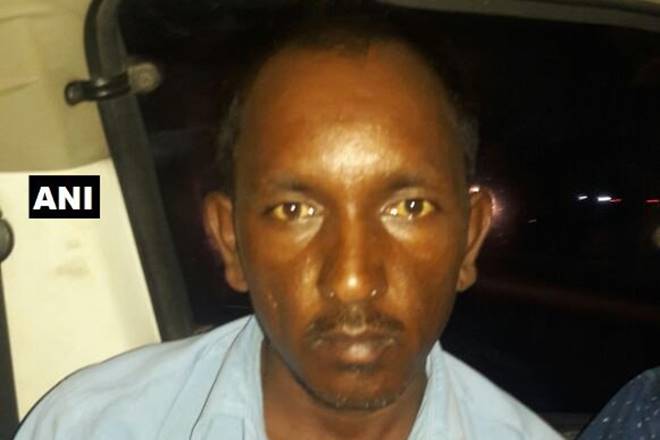It is said that there are three types of lies: Ordinary lies, damn lies and statistics. Well, there seems to be a battle of curves these days when it comes to statistics. We do not know which curve is snaking through a flat terrain, which is dipping or crashing through the floor or the roof — that of Covid positive cases, economy, joblessness, frustration, the serpentine Q before liquor shops or sheer scale of stupidity of authorities.
India’s national lockdown has seen three phases so far – the clapping and beating of plates which ended the first phase, the lighting of diyas in darkness (probably symbolising that we are still in the dark despite the diyas) and phase three, that of a massive outflow of migrants (guest workers as Kerala respectfully calls them) and a massive inflow of spirit.
That the ‘dear’ coronavirus is going to be our ‘guest’ in search of host bodies till end of December is in no doubt. So, how many phases or versions of lockdown nightmare are we going to witness before we collectively either go bankrupt or mad, whichever comes first?
From initial request by PM Modi for two weeks ‘sampoorn lockdown’, it is now nearly two months of old lockdowns in new bottles. There is no doubt that the initial lockdown was necessary to break the chain of the spread of the virus. What about the rest?

But as we have stepped into Lockdown v3.0, we need to ask if the benefits of a lockdown still outweigh the risks. The marginal health benefit that we gained out of an initial lockdown falls with its duration, but the price we pay for an impending economic disaster is disproportionately more. The more the lockdowns, the more would be the damage to India’s economy and the morale of the working force. (The Ken)
It is time that governments – the centre and states — do a cost-benefit analysis. They should explain the trade-offs involved between a protracted lockdown and the lives that may be saved versus the worsening damage to the economy and livelihoods and the attendant human, social and, economic costs.
Economist Sanjeev Sabhlok, writing in The Times of India, says we should also count the indirect, or second order, costs. Perhaps the biggest of which, he says, is “the cost of life not lived fully”—the mental harm of not experiencing a normal life. That, he says, can precipitate suicide, domestic violence or child abuse, while The Economist says it can hamper innovation.
As Swaminathan S Anklesaria Aiyar wrote in The Sunday Times: The most startling lesson from global experience is that shutdowns may be killing almost as many people as the Covid virus. The supposed cure is almost as bad as the disease. India must take precautions and innovate on safety measures but also resume economic activity as fast as possible.
Read the TOI article here
















































